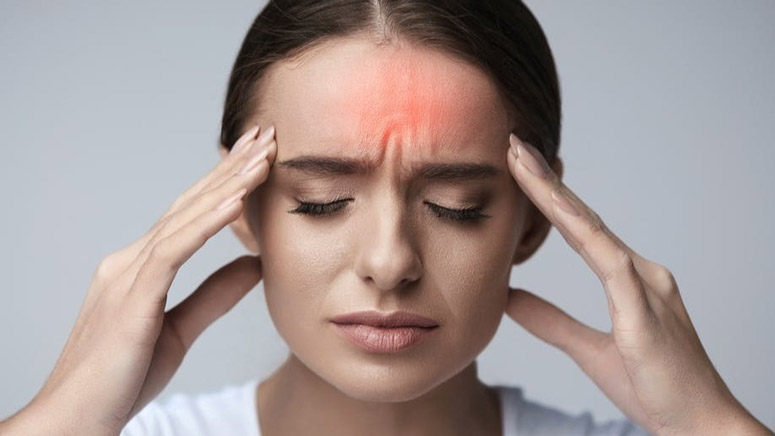Migraine, otherwise known as hemicrania, is a type of headache that causes a throbbing pain ranging from mild to severe in one side of the head. It often triggers feelings of vomiting (nausea) and may feel worse under a bright light or loud sounds. It may last for a few hours or up to several days. The various types include common migraine, migraine auras, hemiplegic, and ocular or retinal migraine. [1]
-
Common migraine features all the usual symptoms, including throbbing or pulsing, light sensitivity, and nausea.
-
Migraine auras affect the eyesight, as the person begins to see black dots or zigzags.
-
Hemiplegic migraine features aura symptoms coupled with numbness on one side of the body.
-
Ocular or retinal migraine causes a temporary loss of vision in one eye, which may last up to several months. It is most common in women because it occurs due to changes in the female hormone called estrogen.
There are many triggers of hemicrania, including minor or severe conditions. Here are eight causes of migraine:
Hormones
Migraines triggered by hormonal changes are common in women as opposed to men. Research has shown a direct link between levels of estrogen and headaches, as the hormone triggers chemicals in the brain that control the pain. It may occur during menstruation due to the rising and falling of estrogen levels and usually accompanies nausea and vomiting. [2]
Hormonal migraines vary from female to female and may occur any time after puberty, and may be life-long. Females approaching menopause have a high risk of developing hormonal headaches due to the fluctuation of estrogen levels, which may last for years to come. The sudden and constant drop in estrogen levels after menopause significantly reduces the risk of hormonal headaches.














